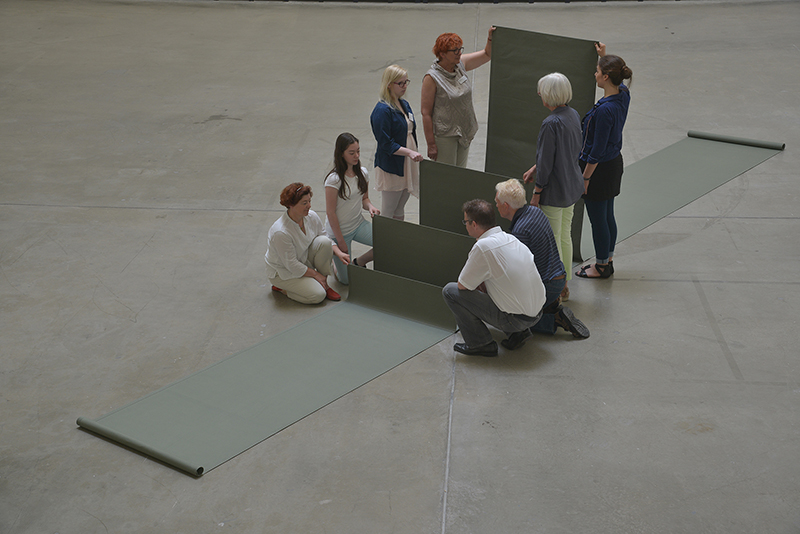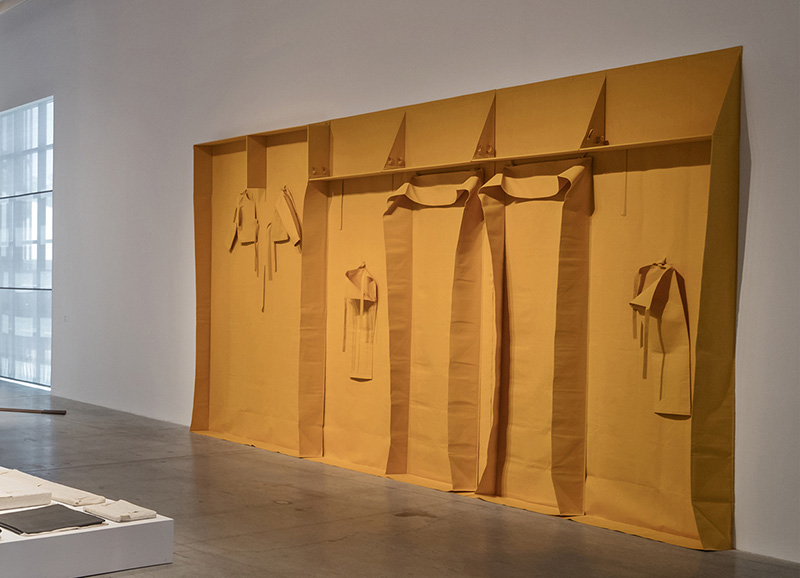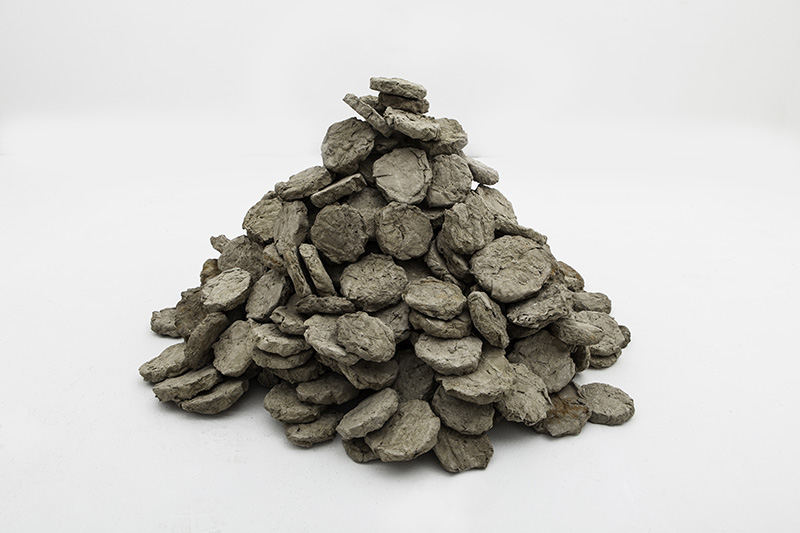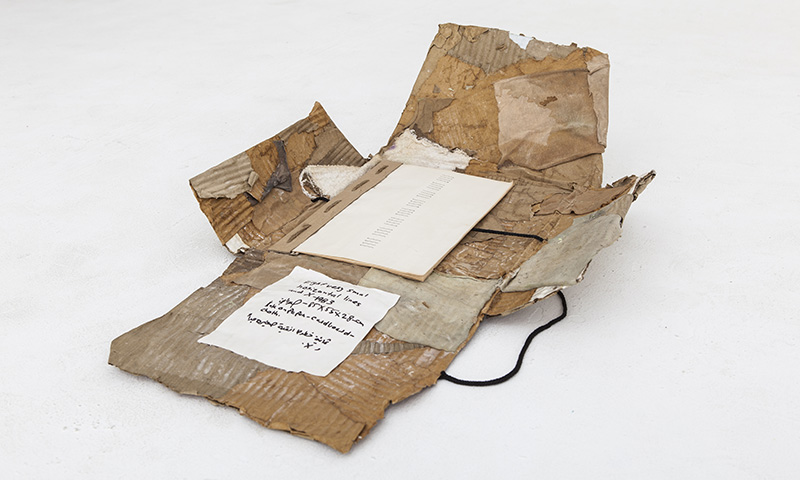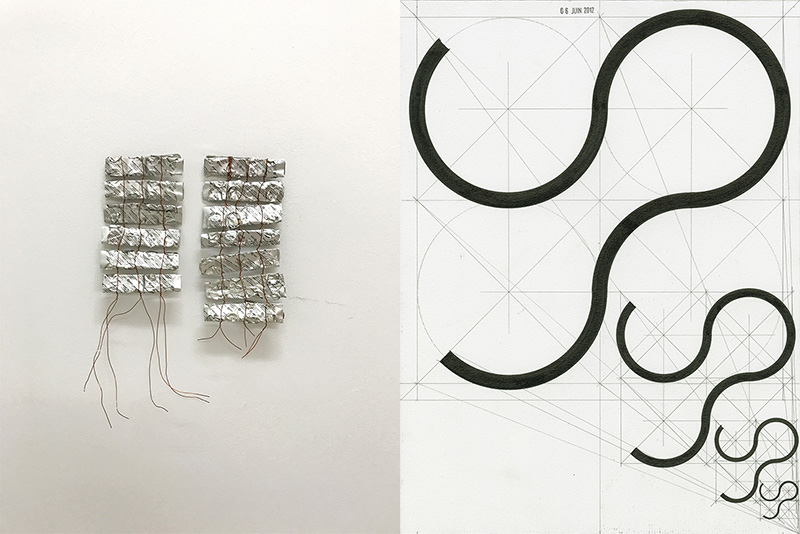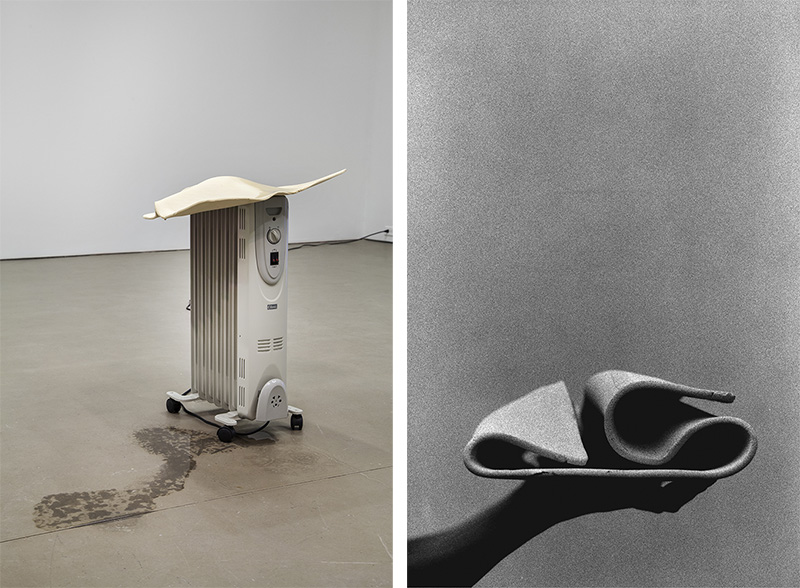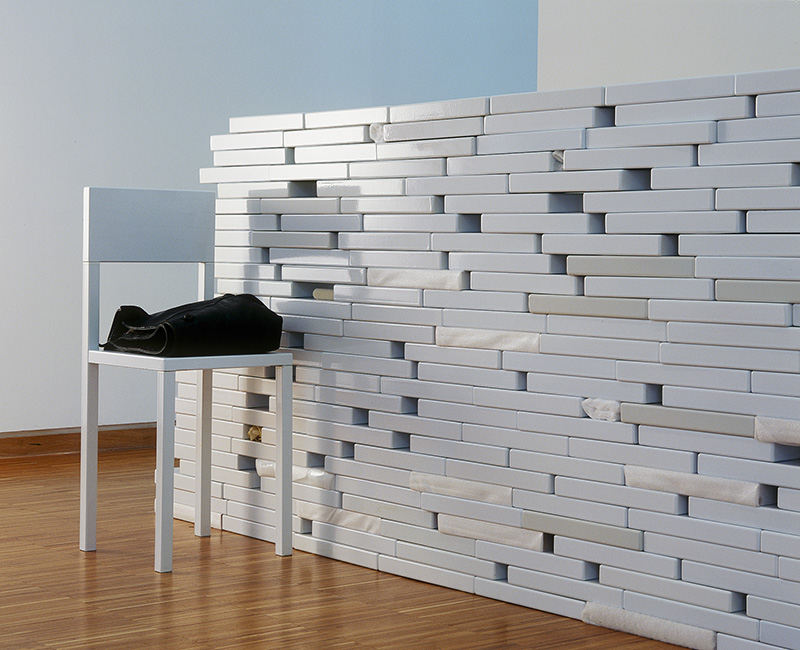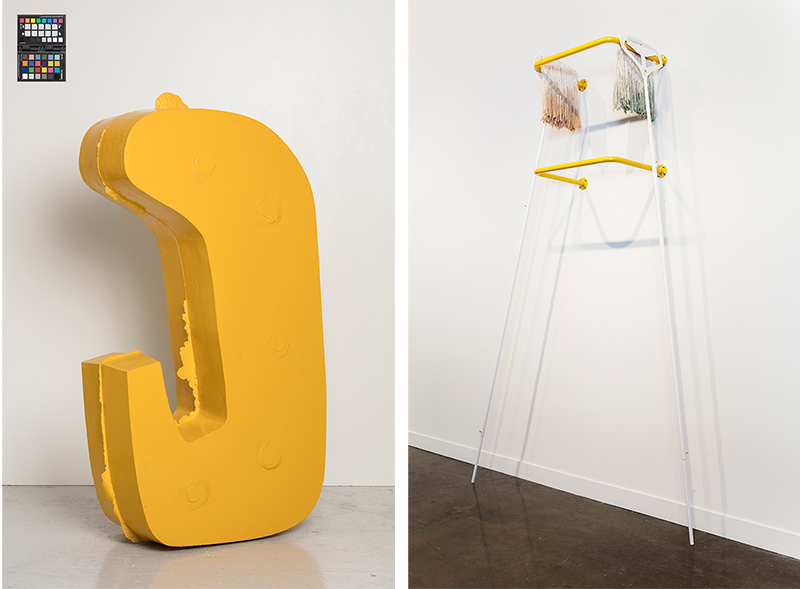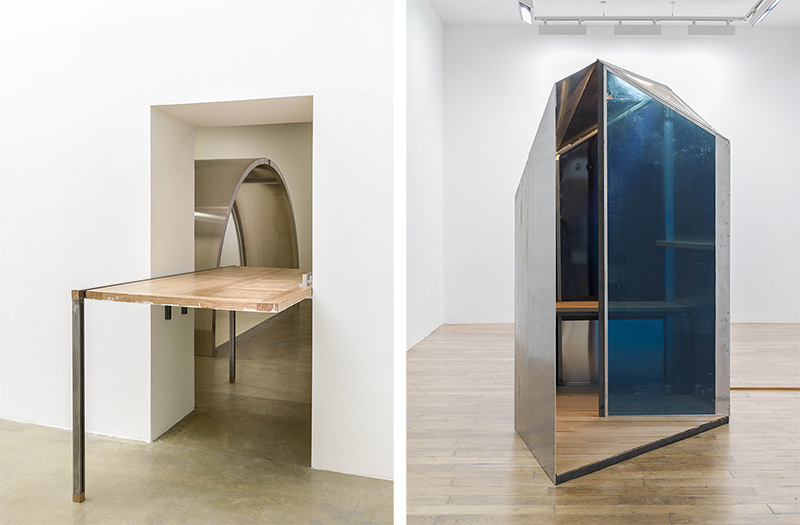ART CITIES:Malmö-Odradek,Part II
![Katinka Bock, Orangerie (weiss) [Detail], 2014, Ceramics, Courtesy the artist and Meyer Riegger](http://www.dreamideamachine.com/web/wp-content/uploads/2018/02/0032.jpg) In his short story, “The Cares of a Family Man” (1919), Franz Kafka introduces Odradek as a deliberately undefined protagonist. It is simultaneously a thing, an object, which he describes as an informal entanglement of threads, and a being, a living organism able to move, talk, and even laugh. It is also, and primarily, a word, seemingly uprooted from any language. Odradek suggests an open field for interpretation, but in the first place, it emphasizes the potential of the caring gaze and of closely paid attention to animate the inanimate, which blur the boundaries between object and subject (Part I).
In his short story, “The Cares of a Family Man” (1919), Franz Kafka introduces Odradek as a deliberately undefined protagonist. It is simultaneously a thing, an object, which he describes as an informal entanglement of threads, and a being, a living organism able to move, talk, and even laugh. It is also, and primarily, a word, seemingly uprooted from any language. Odradek suggests an open field for interpretation, but in the first place, it emphasizes the potential of the caring gaze and of closely paid attention to animate the inanimate, which blur the boundaries between object and subject (Part I).
By Dimitris Lempesis
Photo: Malmö Konsthall Archive
For the exhibition “Odradek” at Malmö Konsthall, the curator invited eight artists whose works similarly transgress the fixed dualities between subject and object, and who tend to include the viewers in processes characterized by attention, care, and participation. The exhibition aims at making links and weaving affinities between the practices of these artists from various backgrounds and generations: Nairy Baghramian, Katinka Bock, Henri Jacobs, Laura Lamiel, Judith Scott, Hassan Sharif, Oscar Tuazon and Franz Erhard Walther. Both Katinka Bock’s and Nairy Baghramian’s sculptural practices are concerned with ideas of support and sustainment. Suspended in precarious equilibrium, or emphasizing the oppositional relationships that arise between the properties of the liquid and the solid, the hardened and the dissolved, Bock’s sculptures demand constant care to protect and maintain their fragility. The ensemble “Fluffing the Pillows” by Nairy Baghramian confronts function and form, softness and solidity, suggesting an equivalence between disabled bodies and their supporting prostheses. Henri Jacob’s “Journal Drawings” alert us to the temporal aspect of the artistic process, and the personal set of rules that the artist imposes on himself. They are constructed through acts of systematic and meticulous composition, and accumulated as an abstract diary and archive of the self. The recent works by Laura Lamiel articulate minimal structures with a psychological vocabulary of intimate objects, carefully archived and displayed by the artist. Here, again, showing also involves concealing and hiding. Stacks of notebooks, pieces of clothing folded and tied with string, fabric rolled up or stored in suitcases, are accumulated as in an archive. Judith Scott’s sculptures are made of everyday objects that have been diligently combined, entwined and woven together under layers of fabric strips and yarn. Her work transforms them into organic entangled objects, which both hide and reveal their various components. Hassan Sharif’s series of works titled “Books and Boxes” also refer to the notion of containment and proceed through the accumulation of matter. He composed works out of found objects, mass-produced goods that he purchased in markets and shops, piling them up or placing them into open or closed boxes. Sharif created a visualisation of the surplus inherent to mass production. Experiencing the limitations of a space produces a physical effect on the viewer. Oscar Tuazon’s “Reading Booth” suggests a place to hide, a solitary place to think and to observe from a distance. Franz Erhard Walther’s minimalist textile works similarly immerse and involve the viewer in space and colour. The audience is invited to figure out the potentiality of the work as folded or unfolded, inanimate or activated. His works will be performed at scheduled times during the exhibition period.
Info: Curators: Malmö Konsthall and François Piron, Malmö Konsthall, S:t Johannesgatan 7, Malmö, Duration: 17/2-6/5/18, Days & Hours: Mon-tue & Thu-Sun 11:00-17:00, Wed 11:00-21:00, www.konsthall.malmo.se
